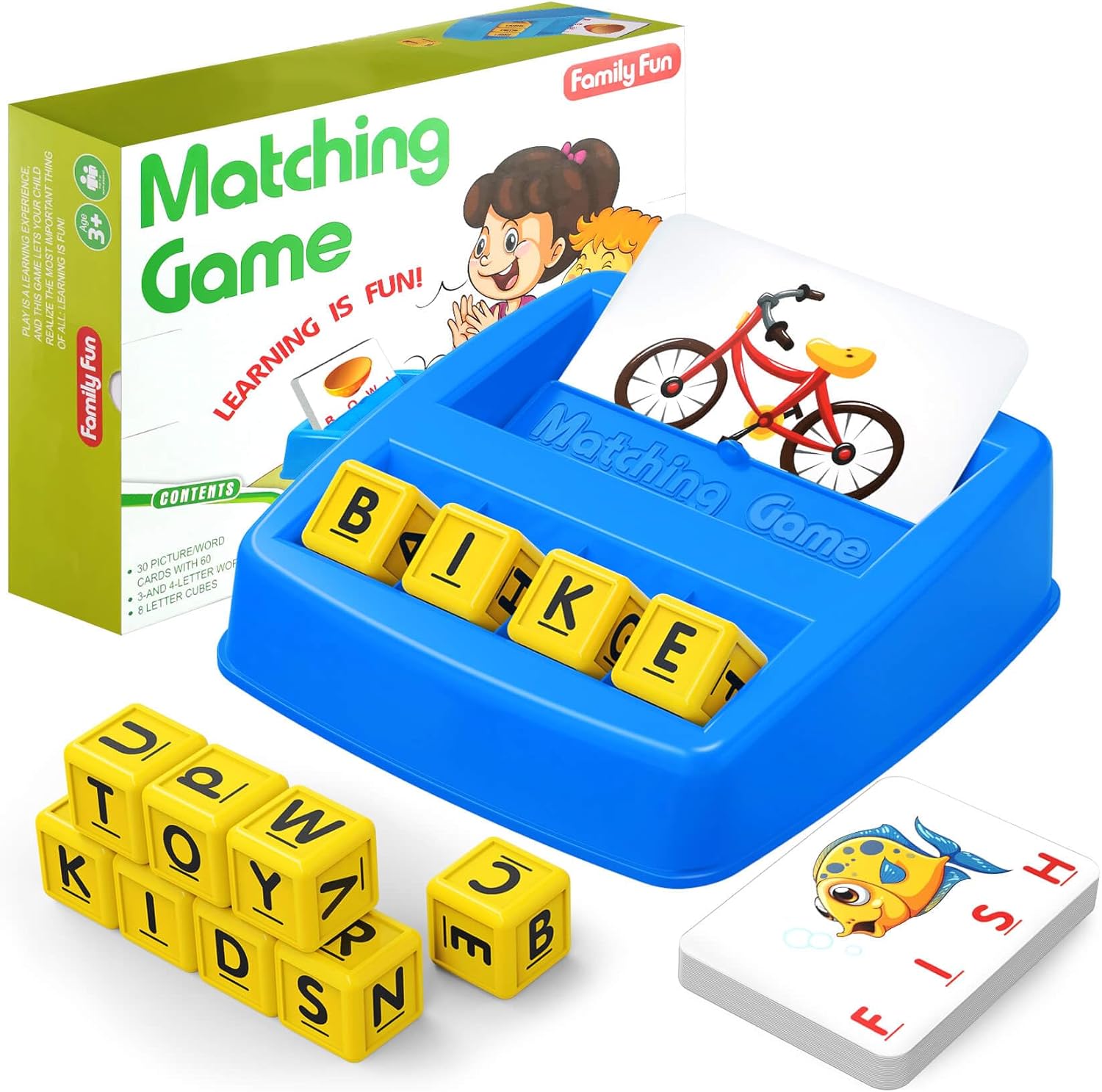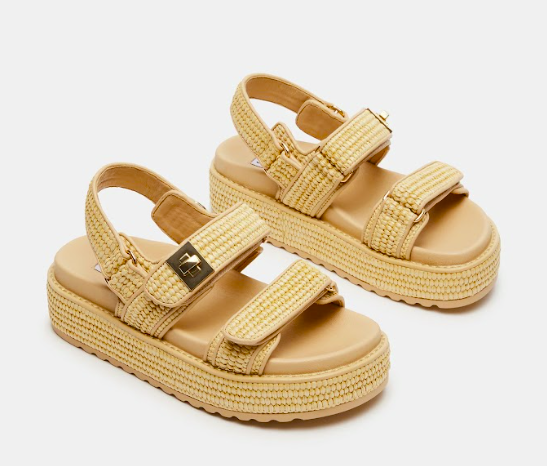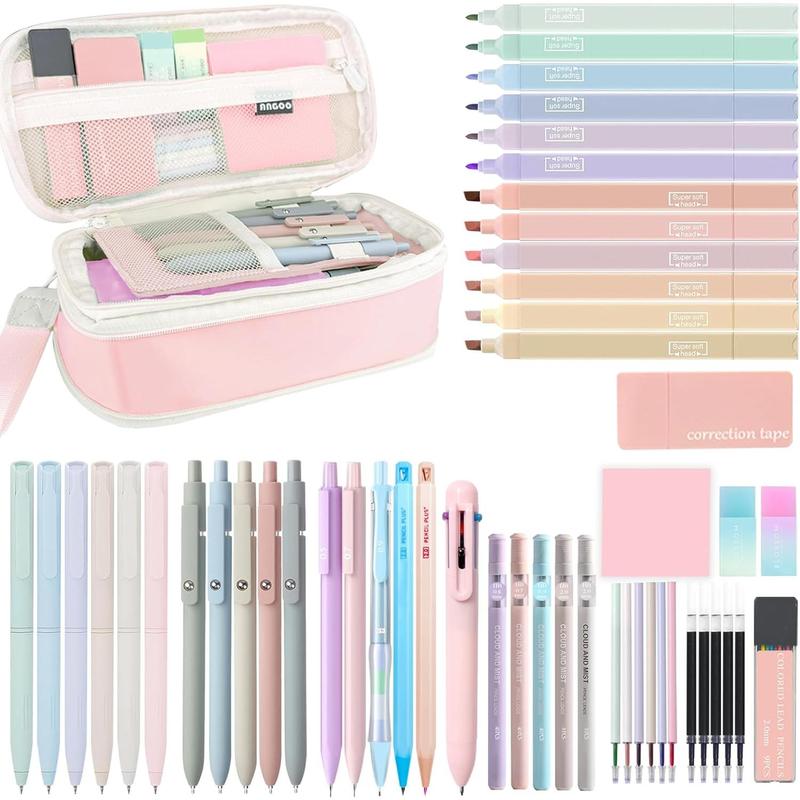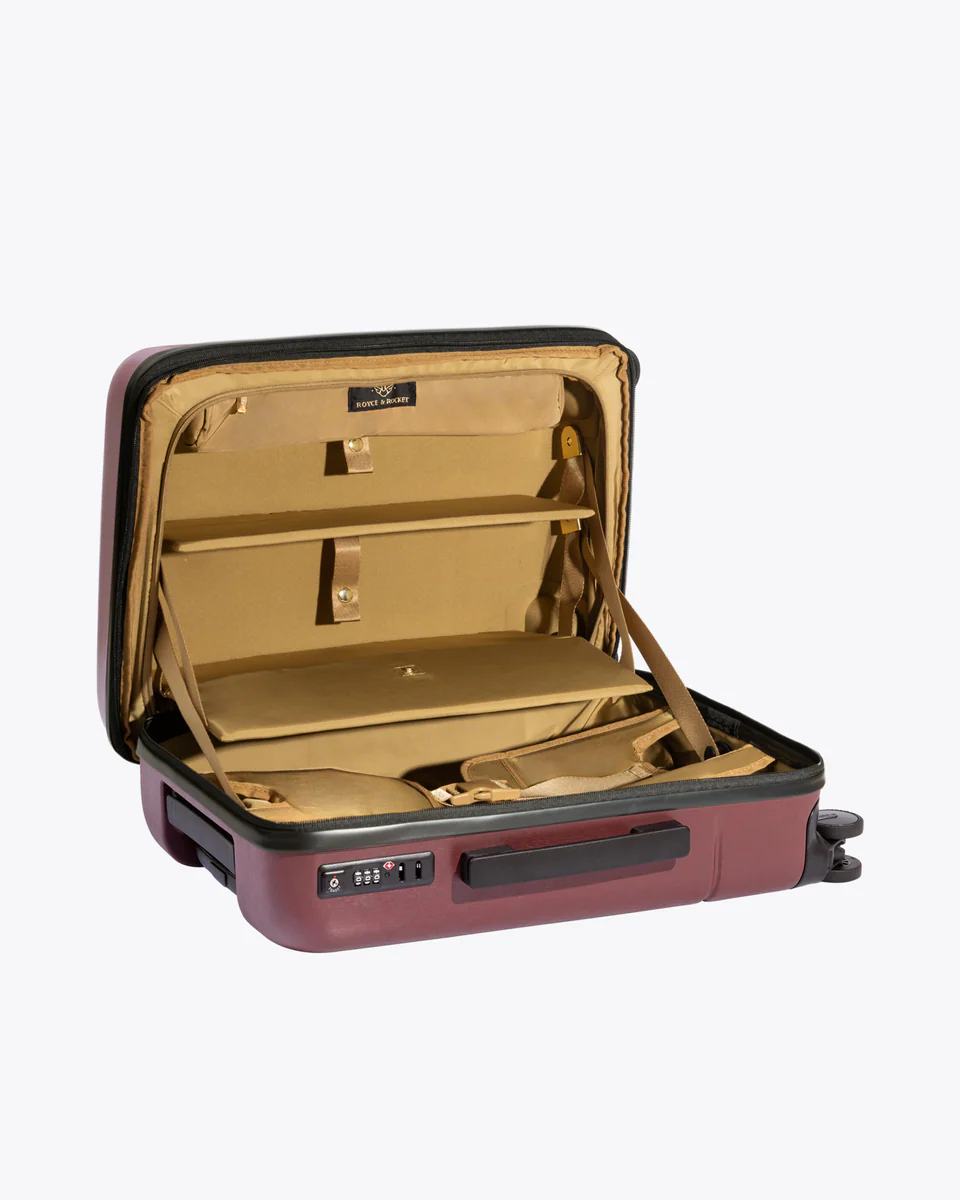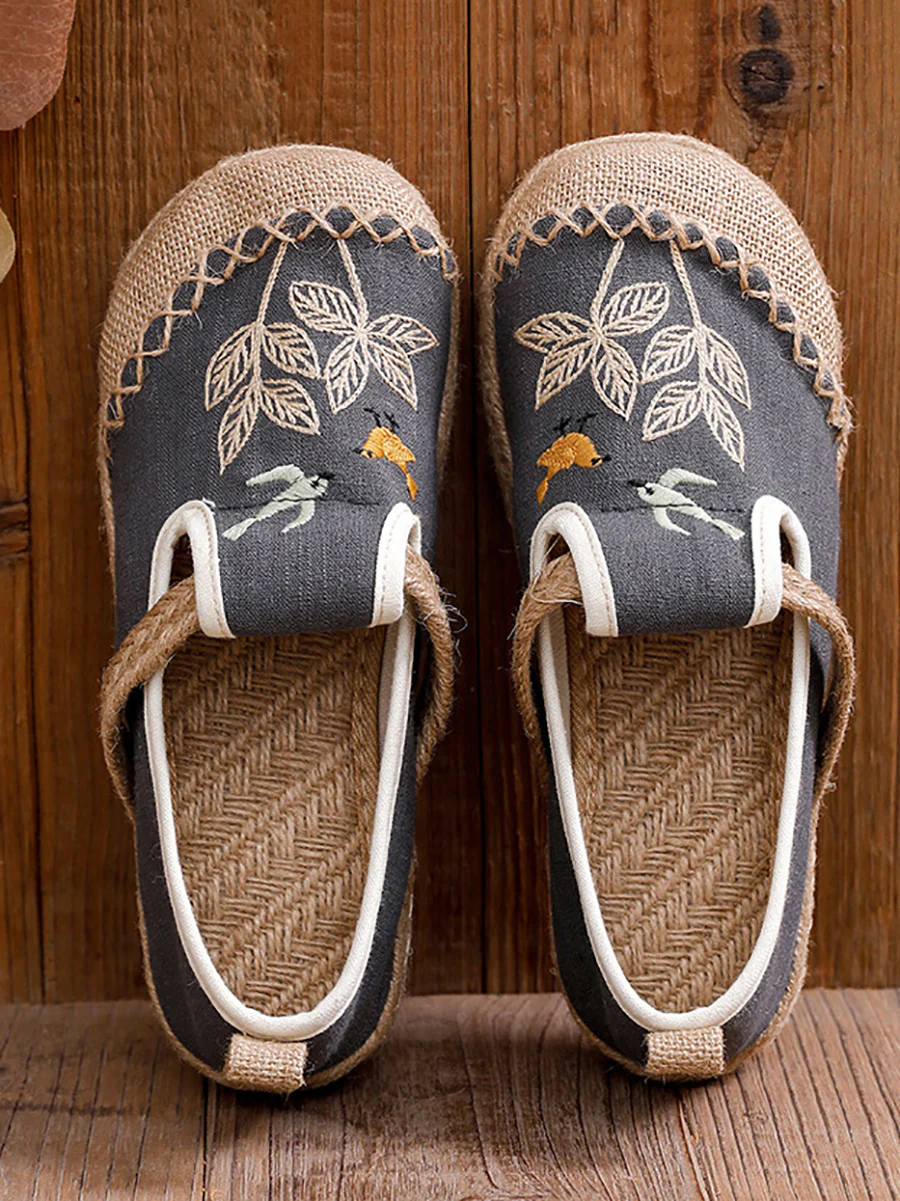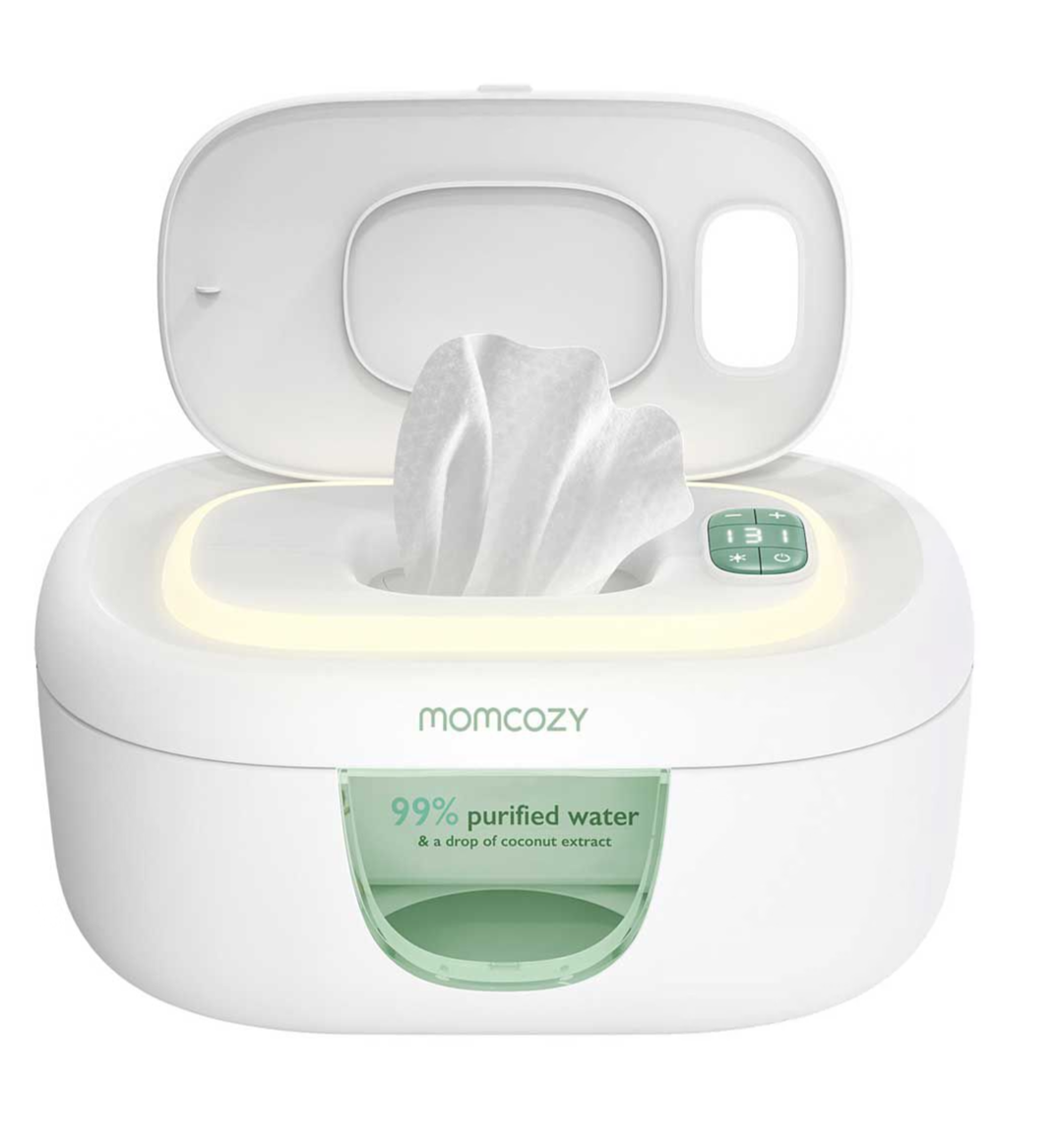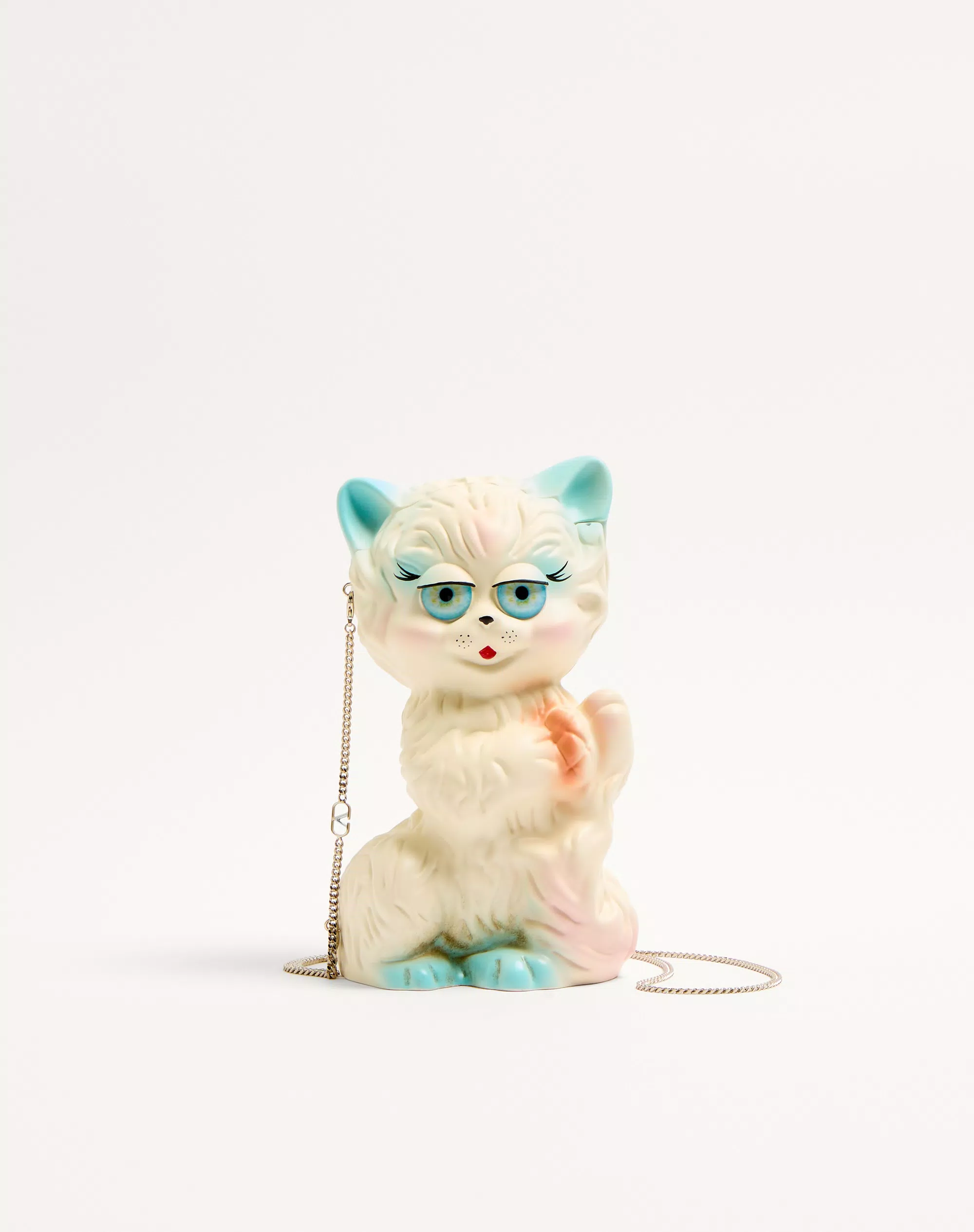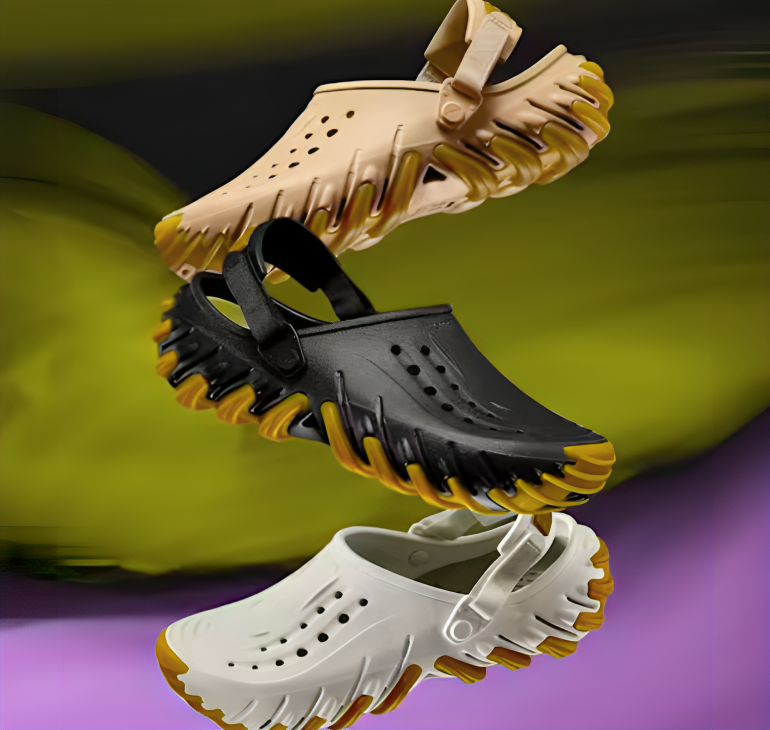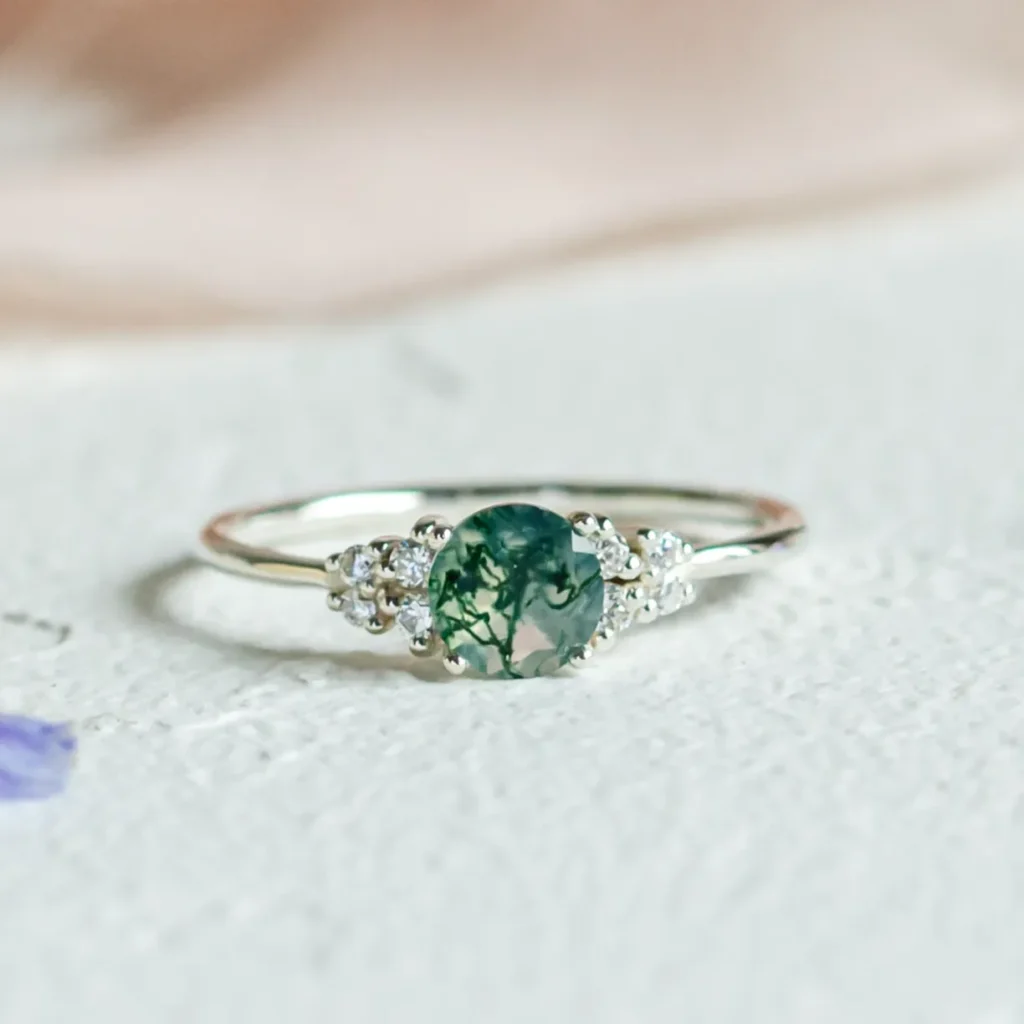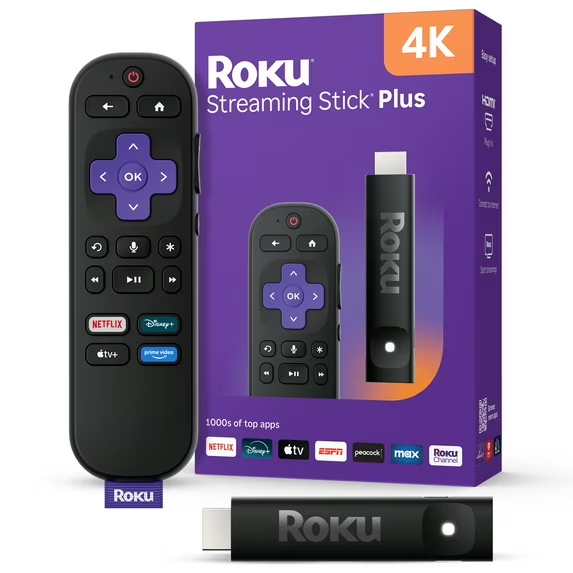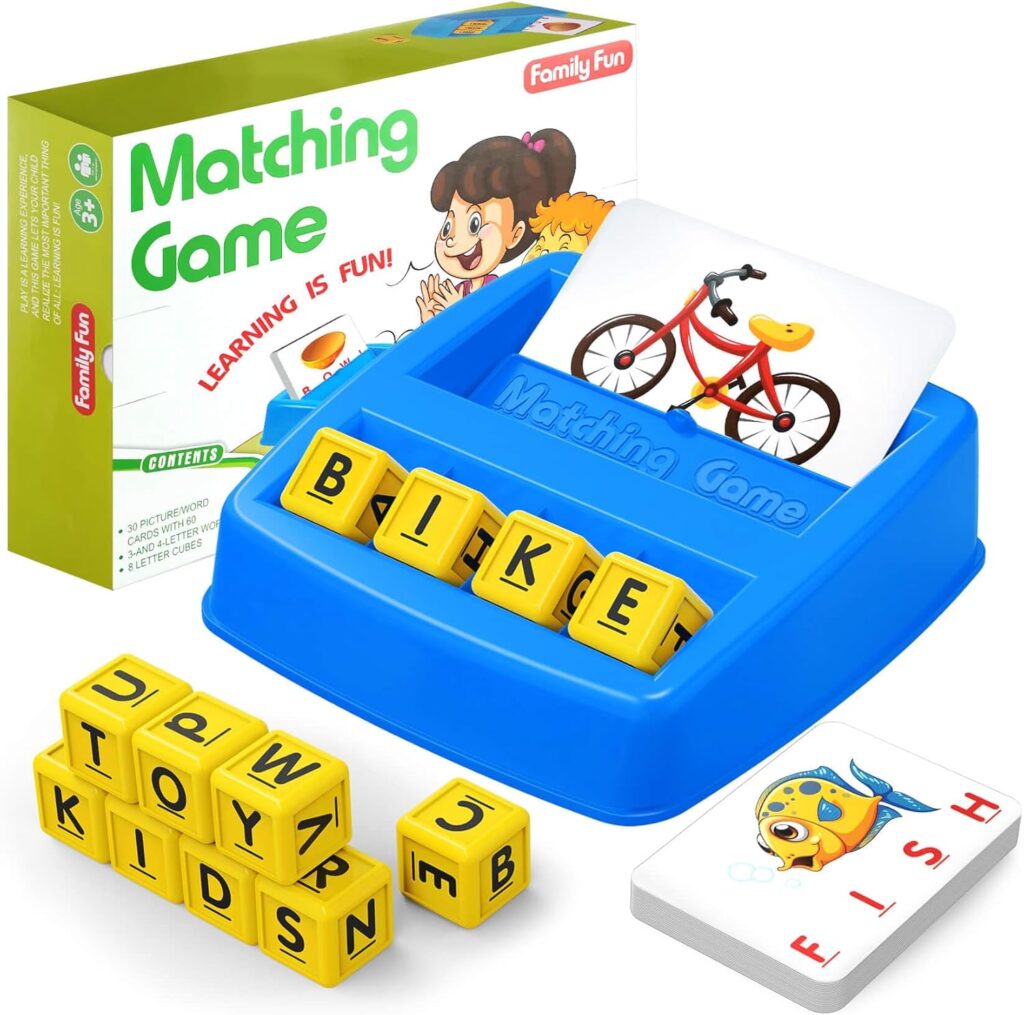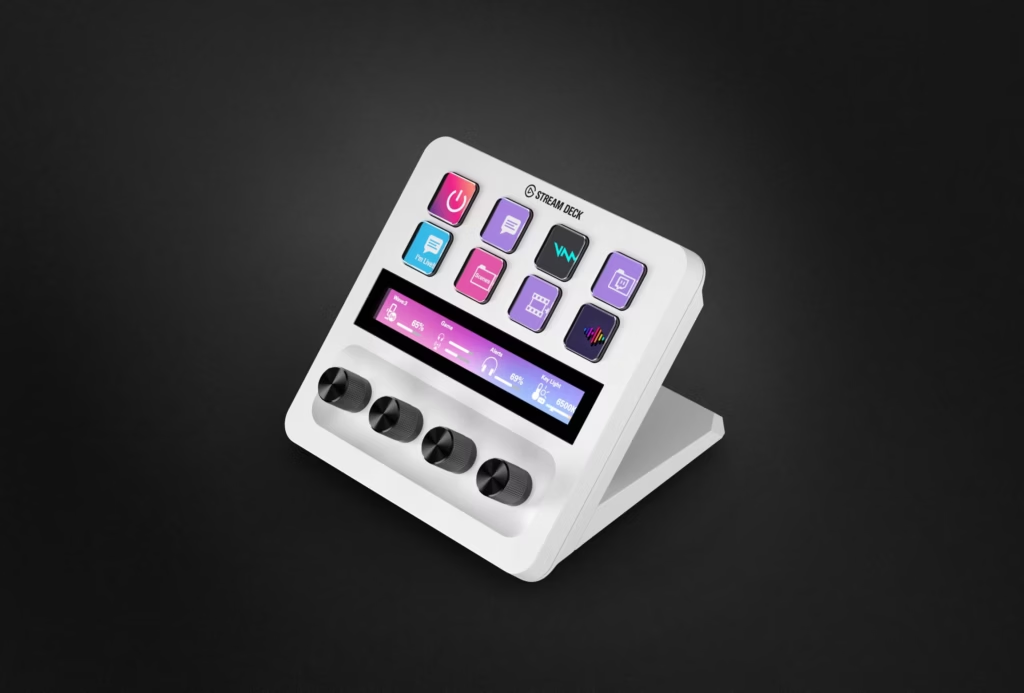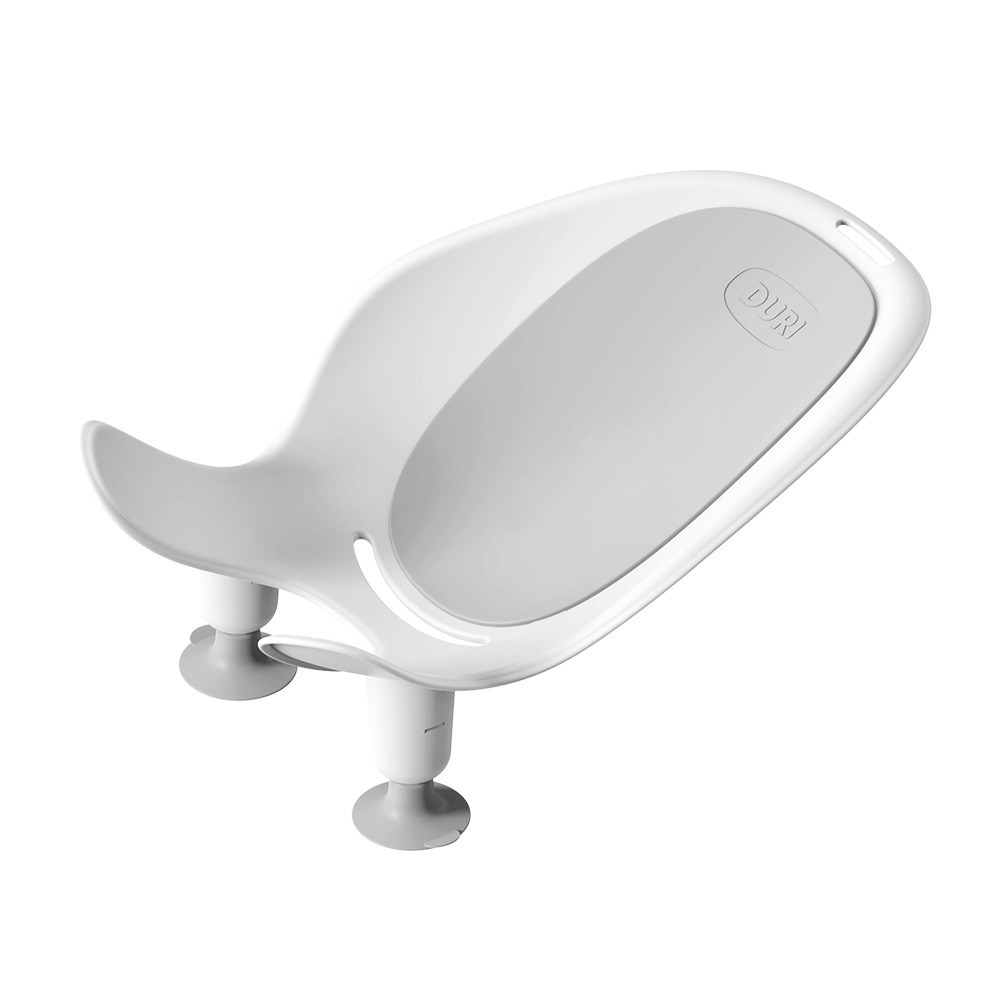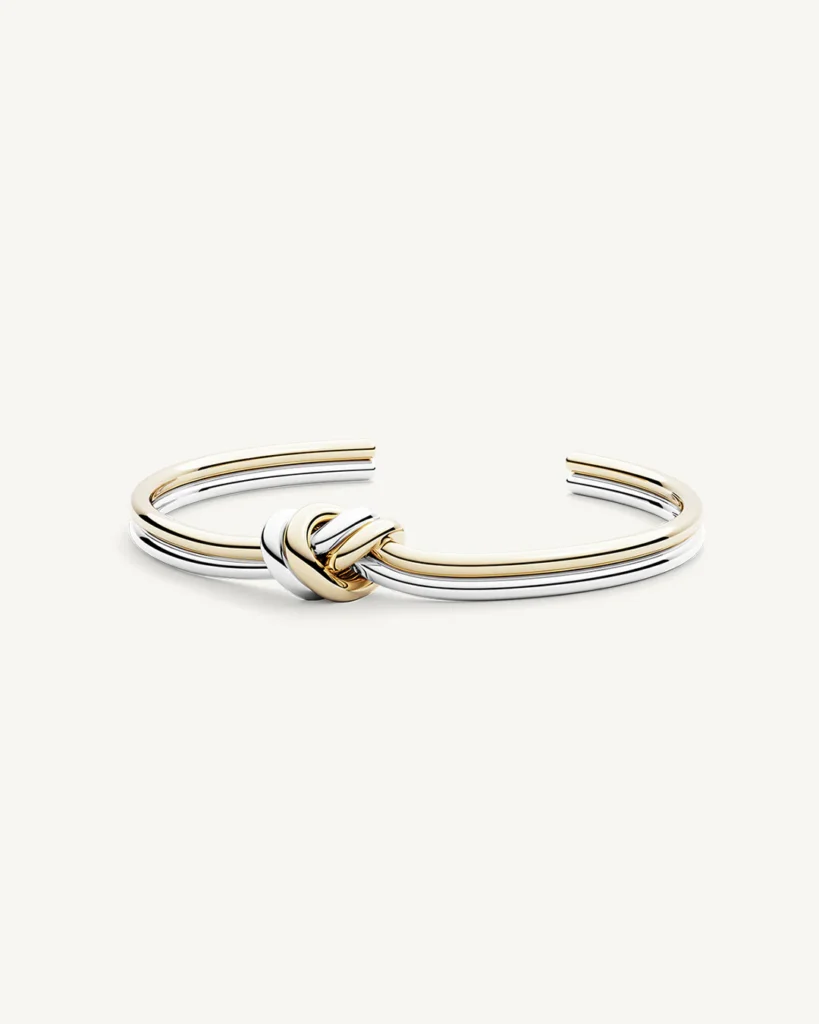Kids don’t need more stuff — they need systems that are easy to start, fun to repeat, and secretly educational. In this article, we’ll show you how the HahaGift Educational Toys matching set can turn 10 spare minutes into real skill-building: attention, memory, language, and early math. In this article, you’ll learn how to set up in under a minute, run age-smart variations (from toddlers to early primary), and build short routines that make screen-free play the go-to choice after school.
Shop HahaGift Educational Toys
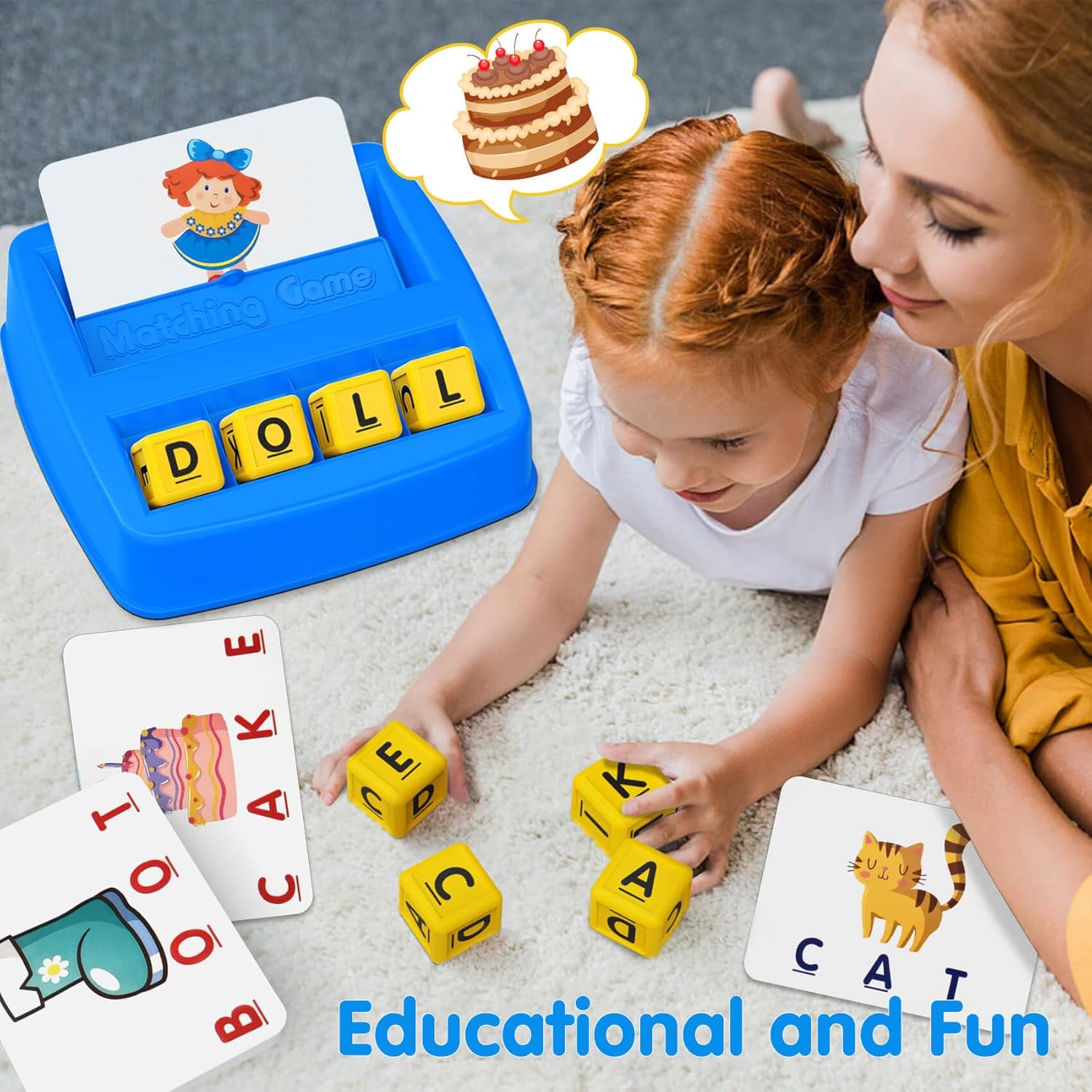
Why Matching Works (and Why Kids Ask for “Again!”)
Matching games hit a sweet spot: just enough challenge to feel exciting, fast feedback to feel rewarding. With the HahaGift Educational Toys set, kids see progress immediately — a correct match is concrete and visible — which nudges them to try “one more round.” Repetition is the engine of learning; the right game makes repetition feel like victory laps.
One-Minute Setup, Zero Fuss
- Place 6–12 picture tiles or cards face up in a tidy grid.
- Keep extras stacked off to the side to swap themes (animals, foods, letters).
- Add the included tools (if your set has tongs or a spinner) to boost fine-motor practice.
You’re ready. The HahaGift Educational Toys set lives well in a shallow tray; kids can pull it from a shelf and play independently without your constant ref setup.
Shop HahaGift Educational Toys
Skill Targets (Hidden Inside the Fun)
- Focus & Inhibition: staying on task, waiting turns, resisting reaching for every card.
- Working Memory: remembering the location of pairs, rules, and previous turns.
- Language Growth: naming pictures, describing features (“striped, long tail”), using categories (mammal, fruit, vehicle).
- Fine Motor: pincer grip with small tokens, tongs for extra challenge, controlled placement.
- Early Math: counting matches, comparing “more/less,” sequencing steps (flip, check, return).
The HahaGift Educational Toys set bundles these micro-skills into one cheerful routine.
Age-Smart Variations
Toddlers (2–3): Success, fast and simple
- Use 4–6 cards face up; name them together.
- Ask “find the same” with identical pictures first.
- Celebrate each match with a clap or sticker.
- Optional motor boost: transfer each found pair into a bowl using tongs.
The HahaGift Educational Toys set becomes a gentle confidence machine.
Preschool (3–5): From naming to categorizing
- Play memory with 6–10 pairs face down.
- Introduce categories: animals vs. foods; group matches by category pile.
- Add describing words: “What makes them the same? What’s different?”
- Tie-ins: color hunt — “Find something in the room that’s the same color.”
Early Primary (5–7): Strategy enters the chat
- Increase to 12–16 pairs; teach a simple strategy (remember corner cards first).
- Add turn tokens (three per player). When a child uses a token to “peek” at one card, they surrender it. That light strategy elevates engagement.
- Introduce story rounds: after a match, tell one sentence about the item. Language + memory = win.
Shop HahaGift Educational Toys
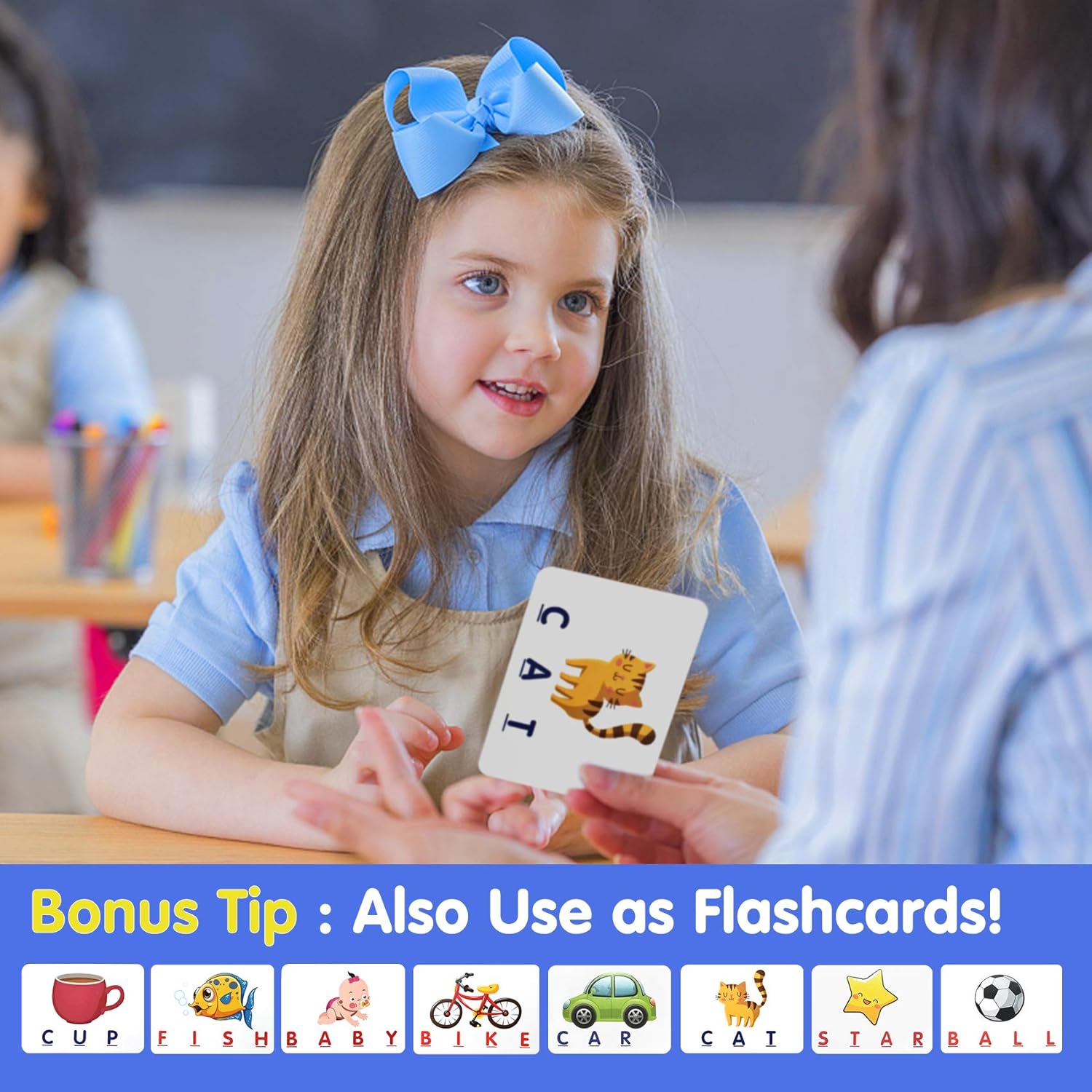
The 10-Minute Routine That Sticks
- Invite (30 sec): “Want to beat your score?” Place 8 pairs; set a small timer.
- Play (7–8 min): one or two rounds tops; keep success rate high.
- Wrap (1–2 min): count matches together, high-five, pack away using a simple picture guide in the tray.
Short, predictable beats become habit. The HahaGift Educational Toys set is ready the moment attention peaks — crucial with little learners.
Language Boosters You Can Layer In
- Echo Naming: child names the picture; you add one detail: “Penguin — a bird that swims!”
- Category Callout: after a match, decide the group (“animal”) and move the pair to an “animal” pile.
- Compare & Contrast: “How is a lion like a cat? How are they different?”
- Sentence Builder: match + verb: “The train goes…”, “The apple is….”
Over time, the HahaGift Educational Toys set becomes a conversation starter, not just a flip game.
For Siblings Without Squabbles
- Use cooperative mode: one shared score vs. the timer.
- Assign roles: Flipper (turns cards), Spotter (says “match!”), Recorder (adds a tally mark). Rotate each round.
- Make it a relay: each child flips one card, tags the next. Everybody’s engaged, nobody hoards turns.
Classroom & Homeschool: Centers That Run Themselves
- Literacy Center: match pictures to starting letters; extend by writing the word on a mini whiteboard.
- Math Center: count objects on the card; compare totals; graph class favorites.
- SEL Corner: build a “feelings” set (happy, sad, surprised) to practice naming emotions.
Because the HahaGift Educational Toys set is quick to reset, teachers get a low-friction station that still yields clear evidence of learning.
Fine-Motor Upgrades (Tiny Hands, Big Control)
- Tongs Challenge: move each found pair into a jar using child tongs — strengthens pincer grip for pencil control.
- Dot Marker Bonus: stamp a dot on a score card each time a match is made (ink + counting = delight).
- Sticker Finish: one small sticker closes the round; stickers live in the tray so the habit is automatic.
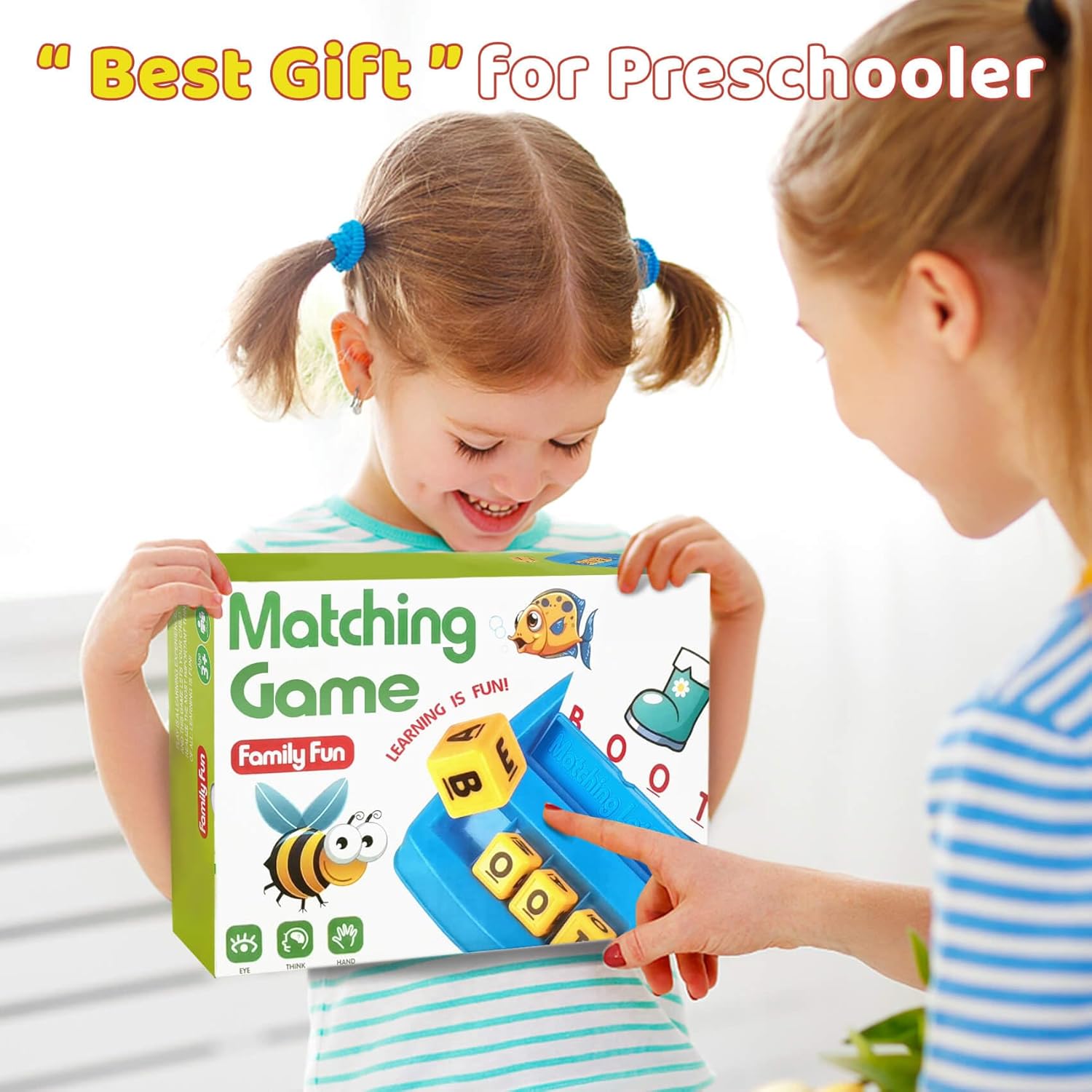
Sensory & Neurodivergent-Friendly Tweaks
- Reduce visual load: start with fewer, well-spaced cards.
- Use a plain mat under the grid to block busy table patterns.
- Offer First–Then card: “First one round, then trampoline.”
- Keep a soft visual timer (sand timer or analog) instead of loud alarms.
These tiny adjustments make the HahaGift Educational Toys set more predictable and calming.
Troubleshooting (Real-Life Solutions)
- “He flips everything at once.” Use a turn card: two flips max, then pass the turn card to the next player.
- “She guesses randomly.” Start face up; switch to face down one pair at a time.
- “They argue about rules.” Write the 3 rules on a card: “Two flips. Say the names. Return cards neatly.” Kids enforce the rules they can see.
- “Attention fizzles.” Shrink to 6 pairs and add a silly theme (animal noises when you match). End on a laugh, not a slog.
Make It a Habit: The “After Snack” Play Block
Build a dependable daily rhythm: after snack, tray comes out. Two fast rounds of the HahaGift Educational Toys set; then kids earn a choice activity (drawing, Lego, outdoors). Because it’s short and upbeat, they’ll come back tomorrow. Consistency compounds.
Shop HahaGift Educational Toys
Extend the Learning (Beyond the Cards)
- Bookshelf Buddy: after play, choose a picture from a book that matches one card’s theme.
- Scavenger Hunt: “Find something red like the strawberry card.”
- Story Chain: each match adds one sentence to a growing story.
- Art Prompt: draw your own card to add to the set; kids love seeing their art in the game.
Care & Storage
- Keep pieces in a lidded tray; add a photo of the “finished layout” inside the lid (kids match the picture to tidy up).
- Wipe cards with a slightly damp cloth as needed; dry flat.
- Rotate card themes weekly to keep novelty high while preserving routine.
Your 15-Minute Starter Plan (Tonight)
- Place 8 pairs face down; set a 10-minute timer.
- Explain the 3 rules card.
- Play one cooperative round, counting matches aloud.
- Finish with a sticker and a high-five.
- Take a photo of the tidy tray; stick it under the lid. Tomorrow’s reset just got easier.
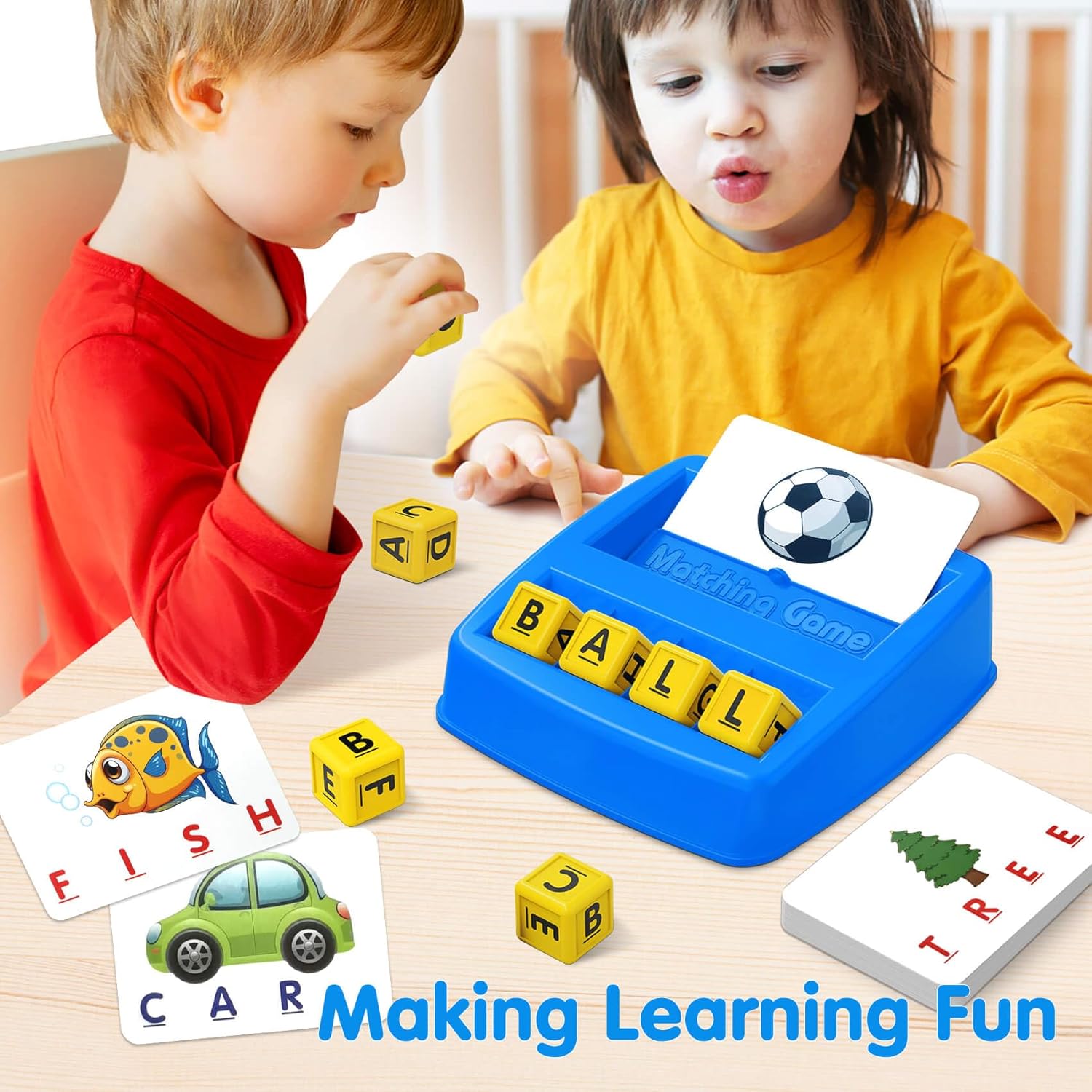
Conclusion
Learning sticks when it’s short, joyful, and repeatable. The HahaGift Educational Toys matching game is a tiny engine for that kind of growth: it builds focus, memory, vocabulary, and number sense — all in the time it takes to brew tea. Set up fast, keep the rules visible, and protect the routine. You’ll get calmer transitions, richer language, and a child who asks for “one more round” because progress feels good.
Shop HahaGift Educational Toys
FAQ
- What ages is the HahaGift Educational Toys set best for?
Great from ~2.5–7 years with variations: face-up matching for toddlers, memory and strategy for early primary. - How long should a session last?
8–12 minutes is the sweet spot — enough challenge, no burnout. Two rounds max keeps demand high for next time. - Can siblings play without fights?
Yes. Use cooperative mode and roles (Flipper/Spotter/Recorder). Rotate roles each round. - Will this help with school readiness?
Absolutely — it builds attention, turn-taking, language, and early math concepts that classrooms rely on daily. - How do I keep it interesting?
Rotate themes weekly, add tongs for fine motor, and use story rounds where each match earns a sentence. - What if my child gets frustrated by misses?
Reduce pairs, switch to face-up, and celebrate effort (“You remembered the corner card!”). End on success. - Is it easy to store and clean?
Very. Keep everything in a lidded tray; wipe cards as needed and store flat. A photo guide under the lid makes clean-up kid-led.

